Reading time: approx. 5 minutes
Text: Juliane Gringer
Photos: Agora Verkehrswende, Urban Catalyst, AdobeStock – alphaspirit, Pixabay
Many European cities are experimenting with their own ways of making urban logistics more sustainable and more user-friendly for residents. Gothenburg, for example, is focusing on consolidating inner-city freight transport, Zurich is examining which trends in the retail sector will impact the city in the future and Utrecht is striving for a completely emission-free centre.
Since 2006, cities in the Netherlands have been allowed to decide for themselves whether to establish green zones as well as their precise restrictions. Major cities such as Utrecht, Rotterdam and Amsterdam have introduced the zones to help reduce the level of nitrogen oxides and particulate matter in the air. The different regulations were sometimes confusing for motorists, however. This is why the government is now striving for better coordination.
Focus on electromobility
A change of perspective in Sweden
‘Why do we view freight and urban logistics primarily as a traffic problem?’ asks Malin Andersson, head of development and international affairs at the Gothenburg city transport authority. ‘I think we need to change that perspective – and we need to do it together.’ She is convinced that the smooth and sustainable delivery of goods in cities is the basis for a prosperous and vibrant city life and thus for an appealing city.
Gothenburg, Sweden’s second largest city, is an important transport hub in the north and is currently implementing Scandinavia’s largest urban development project, RiverCity. It is being built on the banks of the Göta älv River, which flows right through Gothenburg. Five-million square metres of land will be developed directly on the waterfront, where people will be able to live and work in an integrative, green and dynamic environment – with better access to renewable energies, efficient public transport and interconnected paths for pedestrians and cyclists. ‘We need to develop concrete solutions to combine a larger and denser city with even more sustainable mobility options over the long term, while still ensuring we have an efficient system for transporting people and goods in the short term,’ says Andersson. ‘And this against the backdrop that a significant number of building sites will be required for RiverCity.’
Congestion charges reduced traffic levels
Car-free life in Switzerland
The Sihlbogen in Zurich is the largest low-car housing estate in Switzerland. Anyone who wants to live there must agree to live without their own car. The agreement to do without a parking space is strict – but it enables and ensures a high quality of life. The city implements many measures to improve the life of its citizens. In order to determine which changes in the retail sector will have an effect in the future and how they could change Zurich, the city has commissioned the Berlin-based planning office Urban Catalyst to investigate the impact of such trends on the retail sector. The study entitled The Changing Face of Retail focused on three developments: digitisation, shifting values in retail and customer centricity. ‘We analysed the impact of these trends on urban neighbourhoods,’ explains Dr Cordelia Polinna, managing partner of Urban Catalyst. ‘Today, the public sphere is where commerce takes place. If you want to support it as a city, you don’t have that many options – you can’t directly subsidise retailers. But you can make streets and squares attractive and thus make them a place that people enjoy spending time so that commerce can continue to flourish there.’
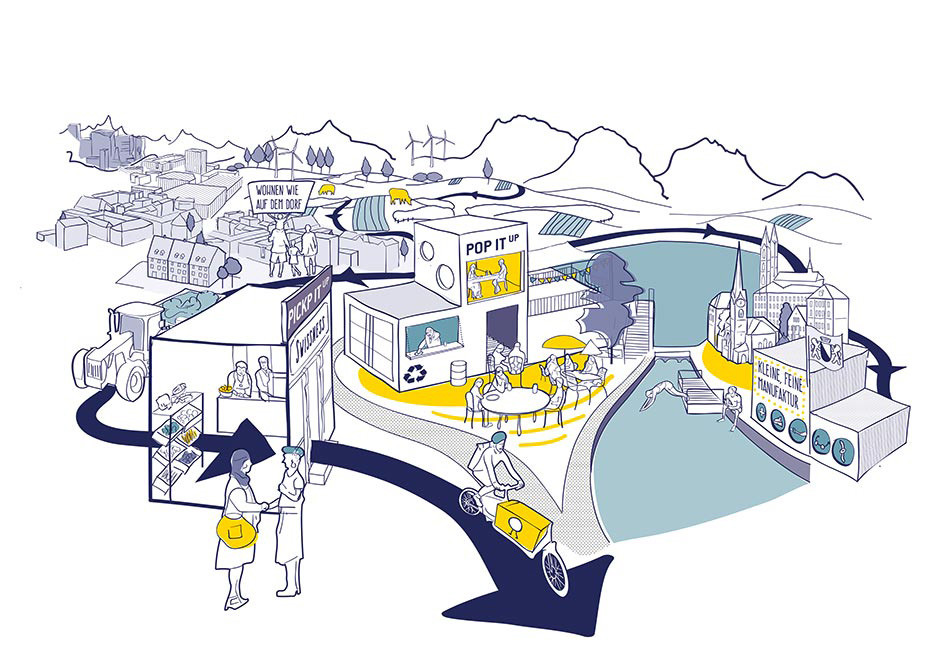
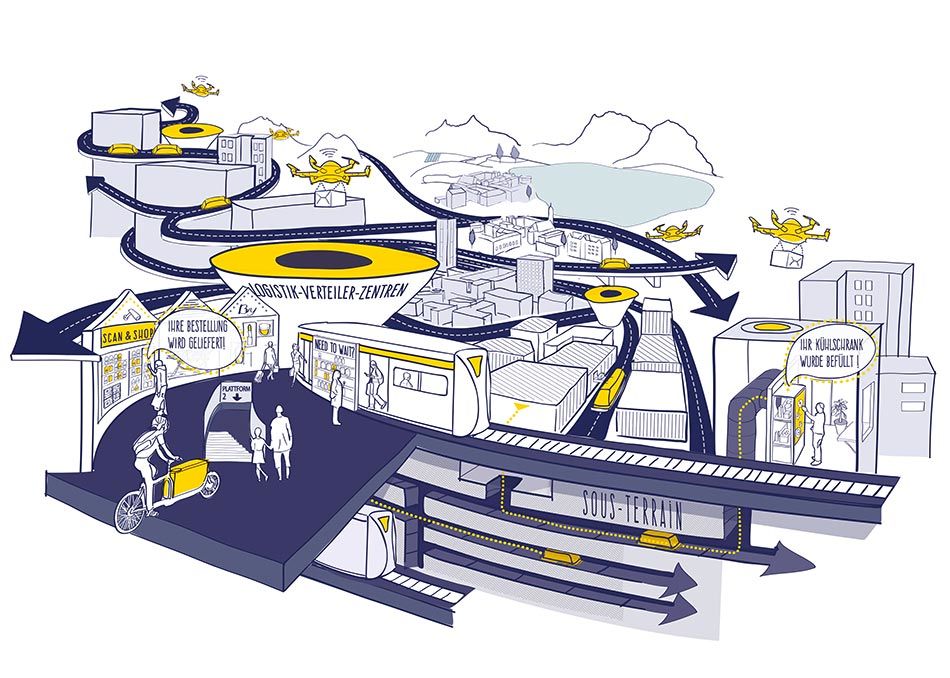
From ‘back to the roots’ to ‘brutally digital’
The experts from Berlin came up with several scenarios as to where these trends could lead the retail sector and what this could mean for the city, its residents and delivery traffic. These range from the ‘back to the roots’ model, which is very much oriented towards sustainability, to the ‘digital paradise’, in which retail is mainly carried out online, to the ‘brutally digital’ model, in which the entire structure of the city centre dissolves – in favour of a completely digital world. In the latter scenario, for example, logistics and mobility hubs would gain enormous importance as distribution centres and also require a lot of space. The urban environment, on the other hand, would be dominated by vacant shop premises. ‘All this is completely exaggerated, but that was also the purpose,’ says Polinna. ‘It was a thought experiment to inspire ideas.’ Above all, Zurich’s city planning office wanted to know what the public sector could do to address these developments, react to them and strengthen the city for the challenges it faces. The city planners further studied the matter together with the entire urban region and now want to implement the recommended measures developed as a result, which include, among other things, setting up pick-up stations in city properties as a new logistics solution at the interface between e-commerce and delivery traffic.
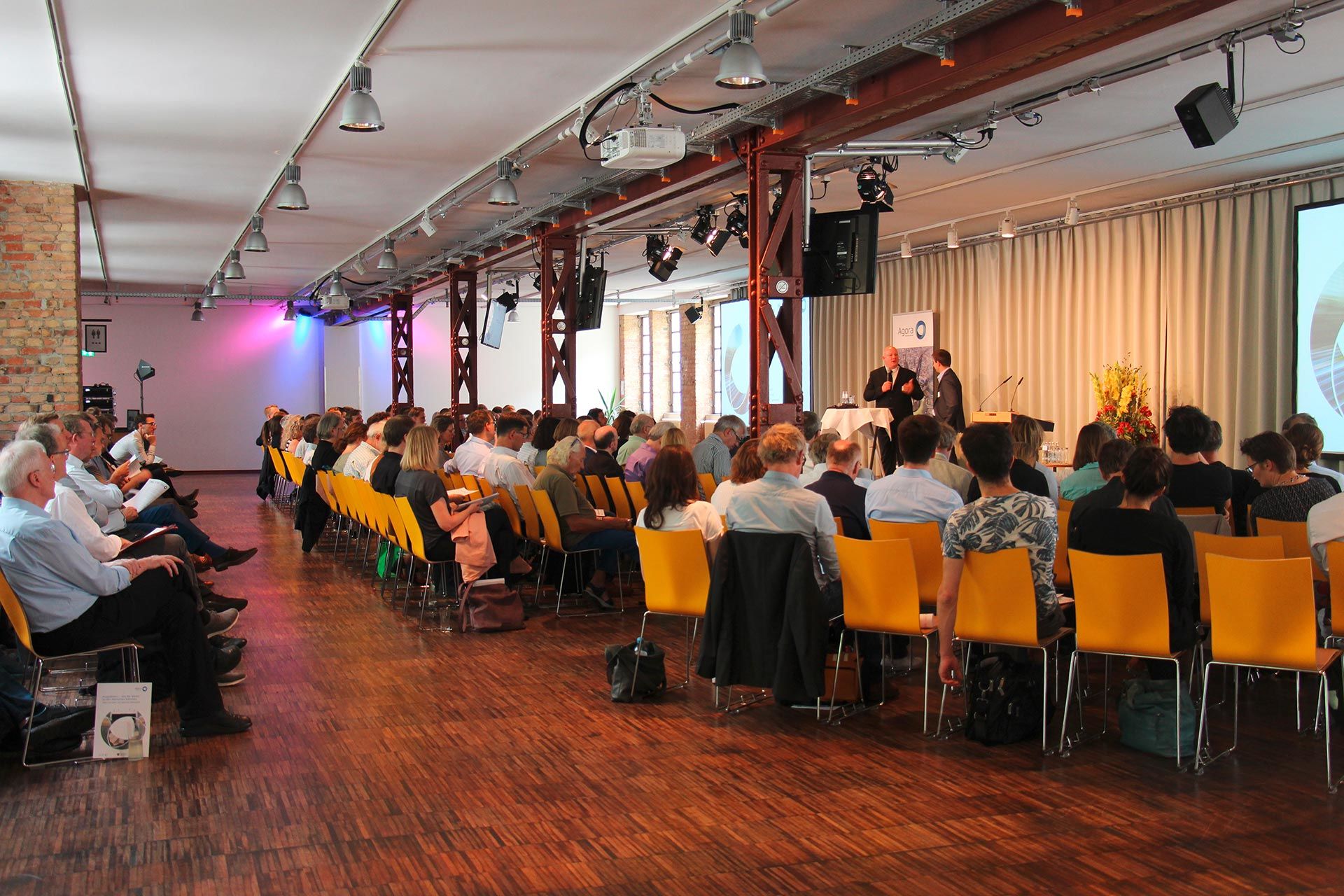
The experts quoted in this article spoke at the Deliverance?! The future of urban freight transport event organised by Agora Verkehrswende. Agora Verkehrswende is a think tank that wants to promote the transition to a sustainable, climate-friendly transport system. It is an initiative of the Stiftung Mercator foundation and the European Climate Foundation.

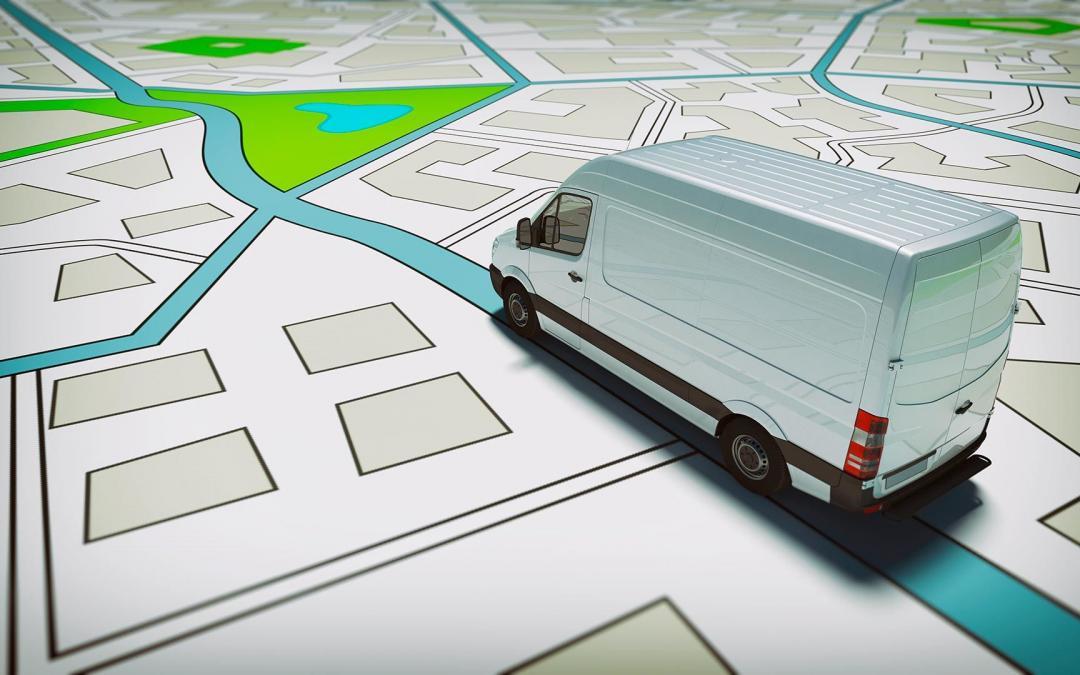

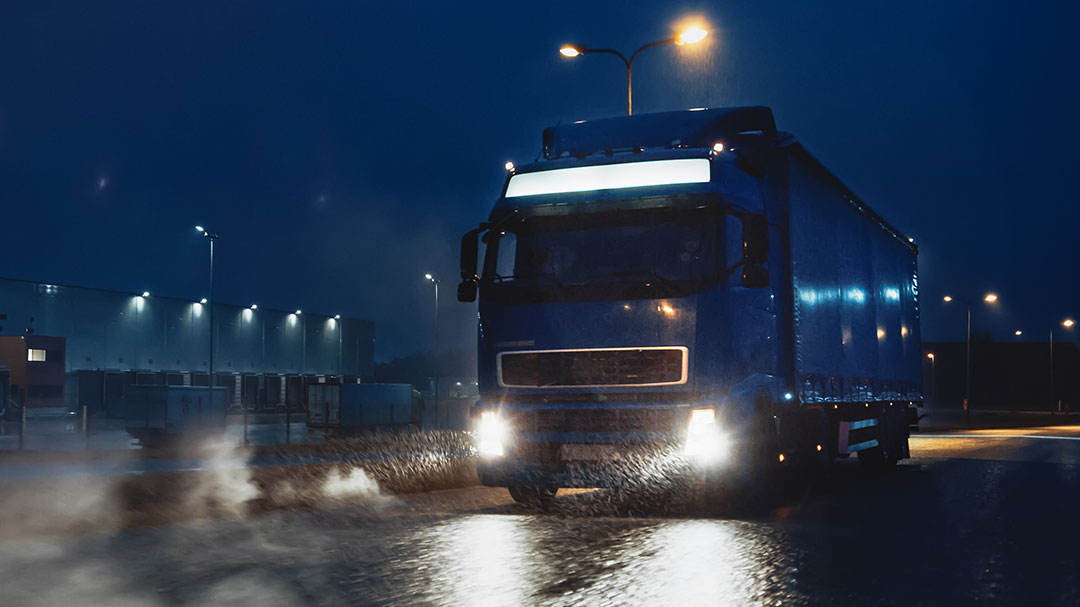
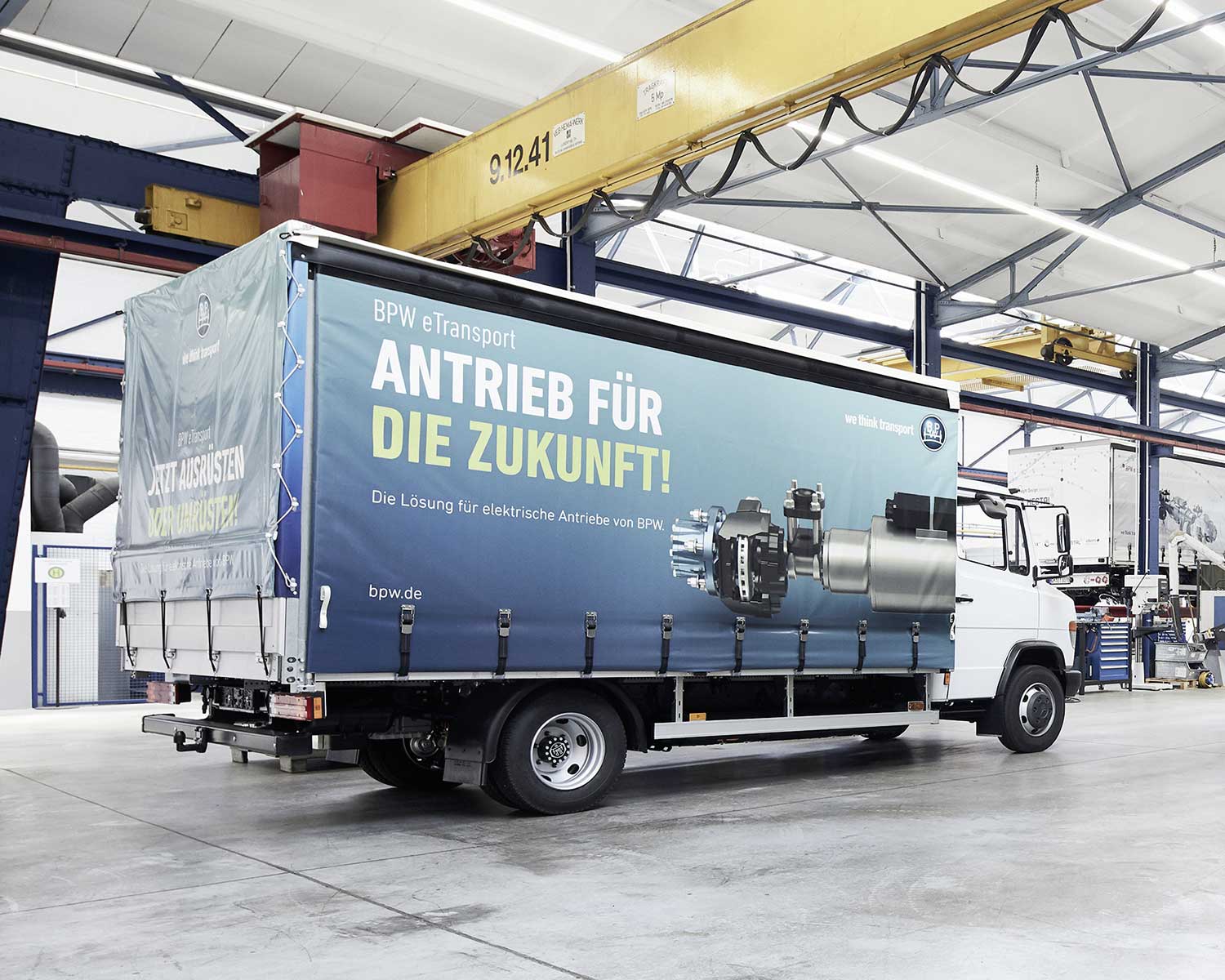



Vielen Dank für Ihren Input! Vielleicht gefallen Ihnen auch unsere weiteren Artikel aus der Rubrik „Smart City“! LG, das motionist.com Team
Hilfreich. Beiträge verschiedener Kommunen, deren Akteure, Entscheider und Stakeholder. Wir müssen urban(er), MIKroMobil(er) und Bürger*innen-konformer unsere städtischen Räume neu denken bzw. bedenken.